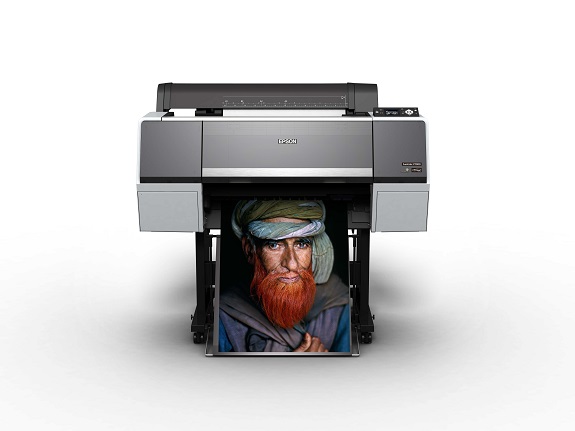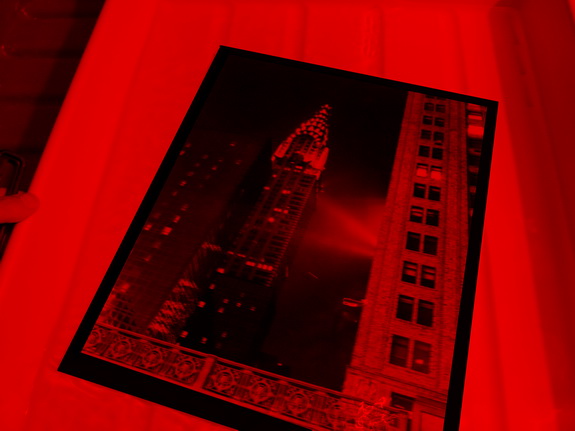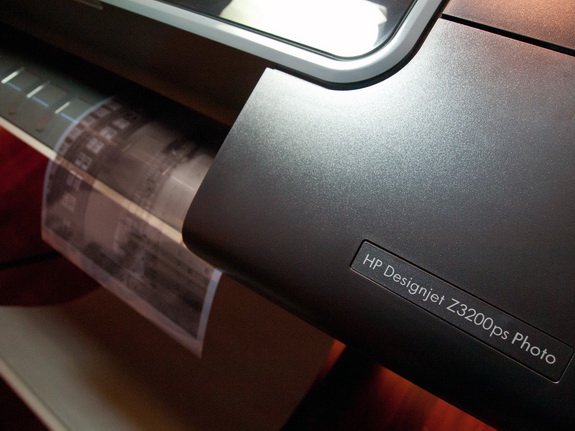The new SureColor® P Series of Epson printers are designed for photographers who want to make their own archival prints for exhibition and resale. The series includes the 24-inch SureColor P6000 and SureColor P7000 printers and the 44-inch SureColor P8000 and SureColor P9000 printers.
Equipped with Epson’s latest PrecisionCore® TFP® printhead and newly developed UltraChrome® archival ink technology, the SureColor P printers are designed as worthy successors to Epson’s groundbreaking Stylus Pro series of wide format inkjet printers for professional photo and fine art printing and graphic arts proofing.
The SureColor P6000 and SureColor P8000 printers are designed for advanced amateur and professional photographers, graphic designers, and commercial printers and feature an 8-color UltraChrome HD inkset.
The SureColor P7000 and SureColor P9000 bring advanced printing solutions to photographers, fine art reproduction houses, and commercial and flexographic print shops and feature the new 10-color UltraChrome HDX inkset.
In the UltraChrome HDX commercial edition for proofing of packaging and graphic design, one of the light black inks for black-and-white photography is replaced with a violet ink that enables the printer to achieve 99 percent of the Pantone Color Matching System.

“I manage the printing needs for some of the world’s most elite visual arts organizations, including individual fine art photographers who expect ultra-high-end output with exceptional color accuracy and immaculate image quality,” said Mac Holbert, founder, The Image Collective and co-founder of Nash Editions, the world’s first fine art digital printmaking studio. “The SureColor P-Series, and specifically the SC-P9000, simplifies the printing process, making it easier than ever for me to achieve that demanding level of quality quickly and efficiently. Paper loading is a dream with this machine, and when paired with the reformulated UltraChrome HDX ink set with dramatically increased black density and fantastic print longevity and permanence, the result is gorgeous output that will stand the test of time.”
Reformulated UltraChrome Inks
Epson UltraChrome HD and HDX inks leverage next-generation Yellow pigment ink technology for up to twice the overall print permanence than previous generations. The inks also provide improved black density for prints with greater impact and optical clarity.

Preliminary print permanence ratings for the new Epson UltraChrome® HDX pigment ink technology indicate that – depending upon the type of paper – the new inks can provide print permanence ratings of up to 200 years for color prints. Print permanence ratings for black-and-white prints are likely to exceed 400 years when the black-and-white prints are output with Epson’s “Advanced Black and White Print Mode.”
According to comprehensive tests conducted by Wilhelm Imaging Research, Inc. (WIR), the world’s leading independent permanence testing laboratory, Epson UltraChrome HDX pigment inks can provide up to twice the Display Permanence Ratings of earlier generations of Epson UltraChrome inks with most Epson photo and fine art papers, including the new line of Epson Legacy Fine Art Papers.
Epson Legacy Fine Art Papers

Epson’s new Legacy Fine Art Paper products use an advanced microporous inkjet receiver layer to produce deep, rich blacks, expanded color gamut, and smooth tonal gradations with outstanding image The first four Epson Legacy Papers are as follows:
Legacy Platine is a 100 percent cotton fiber paper with a bright OBA-free, smooth satin finish. With the unique feel of an art paper from centuries past and an outstanding color gamut, this paper is exceptional for both color and black-and-white printmaking.
Legacy Fibre is a 100 percent cotton fiber paper with an exceptionally bright, OBA-free, smooth matte finish. With an outstanding black density, this paper is ideal for all types of high-end printmaking.
Legacy Baryta paper has a white, smooth satin finish and uses two barium-sulfate coatings. Inspired by the F64 group, this paper takes the best of revered silver halide technology to new levels of quality
Legacy Etching is a 100 percent cotton fiber paper with a bright OBA-free, uniquely textured matte finish. This paper has the feel of traditional etching papers.
“As a photographer, your vision is only as good as the substrate it is printed on, and with the Epson Legacy Baryta, I have found the perfect substrate complement for my images,” said Greg Gorman. “Printing on the Legacy Baryta, I don’t feel like I am sacrificing anything from my vision of what my image should be. Plain and simple – on this new paper, my prints look like jewels.”
“The smooth surface texture of Legacy Fiber has precisely the characteristics that I prefer, complementing both the best white and the best Dmax I’ve ever seen in any fine art paper, thanks to its superior coating,” said Joseph Holmes. “Together with the new, more permanent UltraChrome® HDX ink set of the Epson SureColor® P-Series printers, Legacy Fiber is a mature medium for realizing my photographic legacy and has, in turn, become my preferred option for printing all of my work.”
All four Legacy Papers will be available in cut sheet (8.5 x 11, 13 x 19, and 17 x 22 inches) and 50-ft. rolls (widths: 17, 24, and 44 inches, with 60-in. rolls by special order). The cut sheets will be available in January 2016.
Print Your Legacy
“We’re excited to see how the creative community utilizes these amazing new tools.” said Mark Radogna, group manager, Professional Imaging, Epson America, Inc.
In announcing the printers, Epson emphasized that artists have the unique ability to inspire change: “You have the responsibility to remind us of our past, while making us excited for our future.”
To remind photographers and their clients about the power of the print, Epson has launched a “Print Your Legacy” marketing campaign.
The multi-platform campaign utilizes Epson’s relationship with some of the world’s most renowned and iconic photographers – Jeremy Cowart, Gregory Crewdson, Lois Greenfield, Steve McCurry, Mark Seliger, Monica Stevenson, Tim Tadder, Amy Toensing, and Stephen Wilkes.
Short videos underscore the importance of the print through their words and images. The video content is running across Epson’s social media channels, including YouTube and Instagram.
The Epson SureColor P-Series is currently available through authorized Epson Professional Imaging resellers.
FOR MORE INFORMATION
Epson Print Your Legacy Campaign




